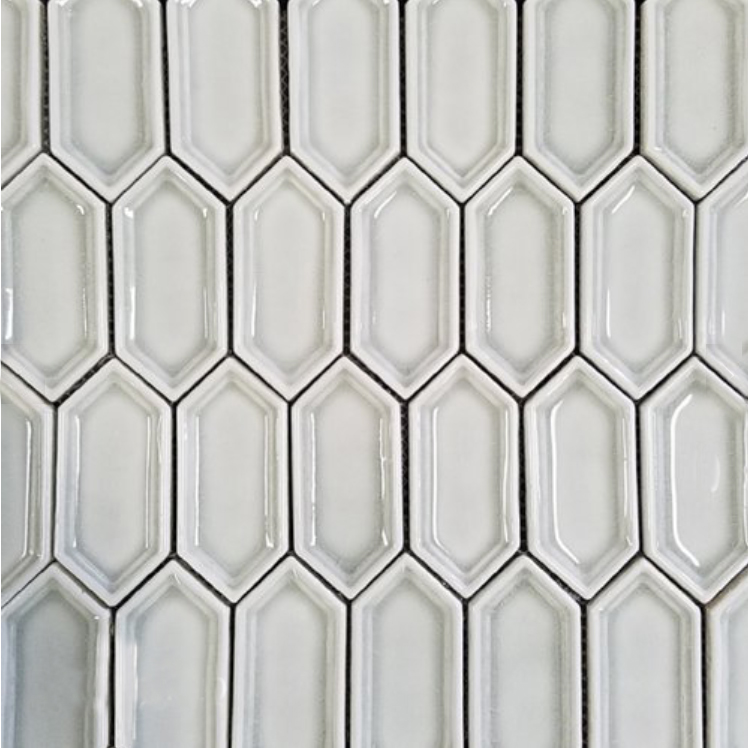Colors
Porcelain has been around since around A.D. 620; more modern methods and mixtures started to be used around A.D. 1279. Originating in China, the earliest porcelains used kaolin (a type of clay) and pegmatite (a type of granite). Early European versions used clay and ground glass. In 1707, German manufacturers started using feldspar instead of glass in a process that continues today. In today’s porcelain, silica is also added to the raw ingredients. The raw materials are finely ground, cleaned, formed in a mold, and then fired.
The firing process is what creates either porcelain or fine china. If the temperature is high—around 1,455° Celsius (2,650° F)—the finished product is much more durable and is known as porcelain. If it’s fired at a lower temperature—around 1,200° (2,200° F)—it’s known as fine china. Fine china is much softer than porcelain, making it much more suitable for applications such as plates and cups. Porcelain is strong enough and durable enough that it’s suitable for a wide range of industrial applications such as electrical insulators.




